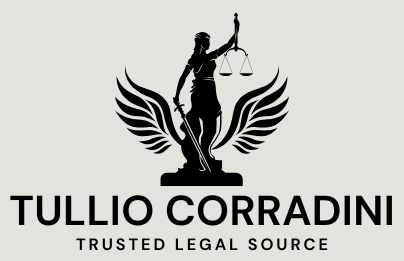Fighting Back again Versus Lawless Judges: What Does The Case Law Really Say?
Existing Benchmarks For Declaratory Judgments Could Make it possible for The Biden Administration To Pre-Empt

Three months in the past, I argued that the Biden Administration must use the declaratory judgment as a way of pre-empting lawless judges like Matthew J. Kacsmaryk and Reed O’Connor, each of (of training course) Texas. I fleshed out the strategy in a recent piece for The American Prospect.
Because then, the trouble has only gotten worse, as O’Connor just struck down the administration’s restrictions on preventive care under the Affordable Treatment Act, threatening millions with the reduction of critical screening for cardiac, cancer, and HIV care. A thing must be completed, and DOJ’s recent tactic is failing.
But some are still unpersuaded. How can the Administration carry a lawsuit to stop a lawsuit? Wouldn’t that violate Posting III’s “case or controversy” prerequisite?
Not always. Persons explained the same issue about declaratory judgments themselves when Yale’s Edwin Borchard proposed them back again in the 1930’s. But the Supreme Court docket upheld them, and did so with a lawful typical that could enable them to go forward right here. That conventional was most latest reaffirmed by the United States Supreme Court docket in MedImmune v Genentech, which said:
[Our cases] do not draw the brightest of strains involving people declaratory-judgment steps that satisfy the circumstance-or-controversy need and those people that do not. Our conclusions have necessary that the dispute be “definite and concrete, touching the legal relations of get-togethers acquiring adverse legal interests” and that it be “real and substantial” and “admi[t] of certain reduction through a decree of a conclusive character, as distinguished from an impression advising what the law would be upon a hypothetical condition of information.” Id., at 240–241. In Maryland Casualty Co. v. Pacific Coal & Oil Co., 312 U. S. 270, 273 (1941), we summarized as follows: “Basically, the question in every case is whether or not the specifics alleged, less than all the circumstances, present that there is a substantial controversy, involving parties possessing adverse lawful passions, of enough immediacy and reality to warrant the issuance of a declaratory judgment.”
Fundamentally, this is a simple, “totality-of-the-circumstances” exam, but it is just one in which the administration, if it chose to do so, could established up effectively.
Suppose that the administration is about to challenge a thoroughly clean air regulation. As is the case with any regulation, it will have to problem a See of Proposed Rulemaking, and those people with adverse pursuits — indeed, these who would want to sue — will have to remark on the regulation or possibility shedding for failure to exhaust their administrative remedies. Properly, when they do so, that could unquestionably permit that there is “a significant controversy in between events with adverse authorized interests.” That could be doubly so if events — this sort of as Texas and the many others states — had currently sued less than comparable instances (as they have). And it would be triply so if a courtroom turned down the Declaratory Judgment only to see Texas transform around and sue. Judges could possibly not like hunting so foolish. Such a circumstance would be definite and concrete: it would look for to uphold the regulation in opposition to probable issues raised in remarks.
Be aware, by the way, that this is a rather liberal standard for Report III. In Aetna Existence Insurance coverage Co. v. Hayworth (1937), the circumstance that upheld the Declaratory Judgment Act and that the Court docket however cites as the touchstone, there was no indication that there was even heading to be a lawsuit. Aetna required a judgment that it was not liable beneath a lifetime coverage plan following acquiring a letter from the insured. Nevertheless that was very good plenty of for the Court.
It’s no accident that the most the latest statement from the Supreme Court docket involved a major biotech firm like Genentech: declaratory judgment actions are frequent in mental house scenarios exactly where patent-holders want the security of realizing that they are not infringing in opposition to somebody else. And this might be why the Supreme Court, normally on the outlook to assist substantial organizations, could have reaffirmed a rather liberal interpretation of Short article III in this situation (which is absolutely not its norm).
I will look into this more — as I stated in the piece at Faucet, if it had been easy, then someone would have finished it now. But just one factor is apparent: any person indicating that this isn’t a “controversy” mainly because of Posting III just has not appeared intently at the instances.
Once once more: the Biden Administration’s approach so significantly against lawless ideologues like Kacsmaryk and O’Connor has so far failed. It is time for a new approach. It simply cannot do any worse than what it has gotten so significantly.











More Stories
California Proposition Regarding App-Based Drivers is Largely Here to Stay (For Now)
Court of Appeal: Privette Doctrine Does Not Apply to Landlord-Tenant Relationships | California Construction Law Blog
USDA Proposes New “Made in the USA” Standard